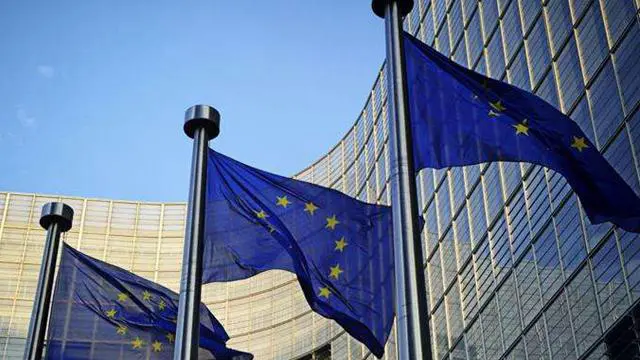The number of adolescents aged 10- 19 officially estimated to be living with HIV in Asia and the Pacific has trended upwards over the past decade, reaching 220,000 in 2014, said a report released here on Monday.
In 2014, an estimated 50,000 adolescents aged 15-19 in the region became HIV-positive, accounting for almost 15 percent of all new infections in Asia and the Pacific, the report titled "Adolescents: Under the Radar in the Asia-Pacific AIDS Response" showed.
The report was launched by the Asia-Pacific Inter-Agency Task Team on Young Key Populations, which includes the United Nations Children's Fund (UNICEF), the Joint United Nations Programme on HIV/AIDS (UNAIDS) and others.
The HIV burden among adolescents falls heaviest on 10 countries, namely India, Indonesia, Thailand, Myanmar, Vietnam, China, Cambodia, the Philippines, Papua New Guinea and Pakistan, which together account for 98 percent of adolescents aged 10 to 19 living with HIV in the region, according to the report.
Among countries where data are available, it added, Papua New Guinea and the Philippines have the highest proportion of adolescents living with HIV, accounting for almost 10 percent of total people living with HIV in each country.
In the Philippines alone, new HIV infections among 15-19 year olds rose from an estimated 800 in 2010 to 1,210 in 2014 and 1,403 in 2015, figures showed.
In Asia and the Pacific, it is likely that fewer than one third of all HIV-positive adolescents receive life-prolonging antiretroviral therapy.
"Late diagnosis of HIV and a delayed start to often-inadequate treatment, or a lack of diagnosis and treatment altogether, have fuelled rising fatalities," the report said.
AIDS-related deaths of 10-19 year olds in the region increased by 110 percent between 2005 and 2014, in contrast with the fact that AIDS-related adult deaths fell by 28 percent over the same period.
In South Asia, AIDS-related deaths among 10-19 year olds almost quadrupled from around 1,500 in 2001 to 5,300 in 2014, while in East Asia and the Pacific, deaths increased from 1,000 to 1,300 over the same period.
Adolescents most at risk of exposure to HIV in Asia and the Pacific are the young key populations, namely young men who have sex with men (MSM), young people selling sex, young people who inject drugs (PWID) and young transgender people, the report noted, stressing the fastest-growing epidemics in the region -- especially in big cities -- are among young MSM and PWID.
"Adolescence is a time of transition and risk-taking, as children navigate the difficult journey to adulthood," said Daniel Toole, regional director for UNICEF East Asia and Pacific.
"UNICEF is working with governments throughout the Asia-Pacific region to ensure they meet their obligations to protect adolescents' health, including by providing access to adolescent-sensitive HIV testing and treatment services," Toole said.
The report suggested governments develop better data on adolescents, strategies for HIV prevention, and adolescent-specific laws and policies, including comprehensive sexuality education in schools and through social media, information on where to get an HIV test, condom use, and HIV testing and treatment services designed for adolescents.
"We want all adolescents regardless of where they live or who they are to enjoy every opportunity to grow into healthy and productive adults," said Steve Kraus, director of UNAIDS Regional Support Team for Asia and the Pacific.
"But this is only possible if their rights to HIV combination prevention and sexual and reproductive health services are respected. We must ensure that no barrier stands in their way," Kraus contended.
In addition to legal barriers, adolescents living with HIV often face stigma and discrimination, which can discourage them from seeking treatment.
Adolescents themselves must be involved in the HIV response, Niluka Perera from Youth Voices Count suggested.
"We need to stop ignoring adolescents because they're hard to reach, and battle the stigma and discrimination that adolescents living with HIV still face, including from health care providers. Their voices need to be heard loud and clear," he said. Enditem
 简体中文
简体中文

